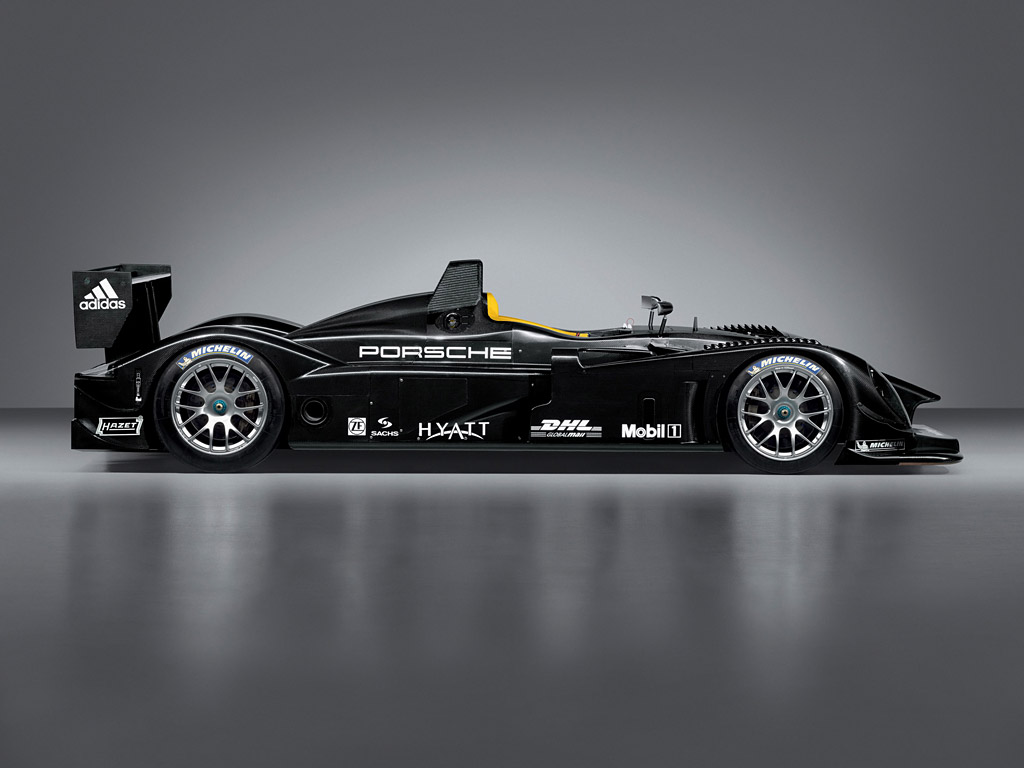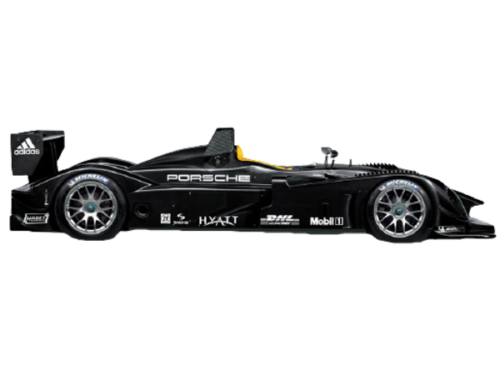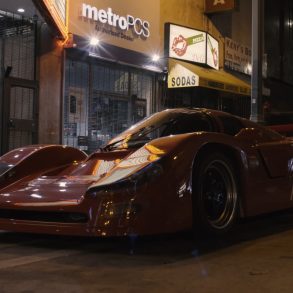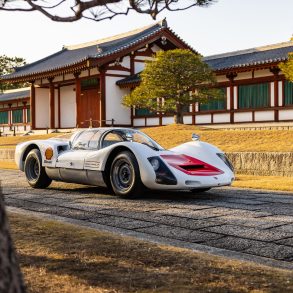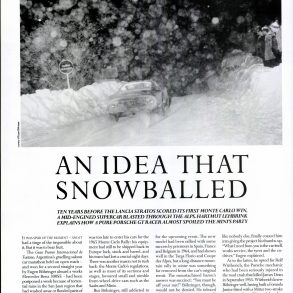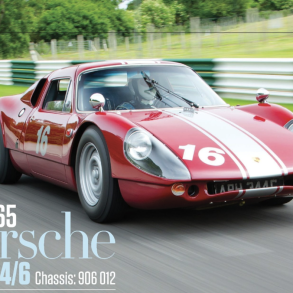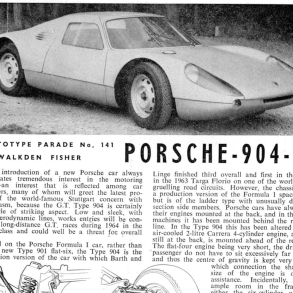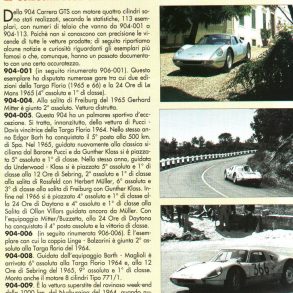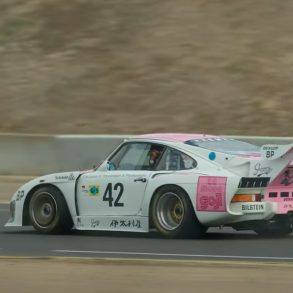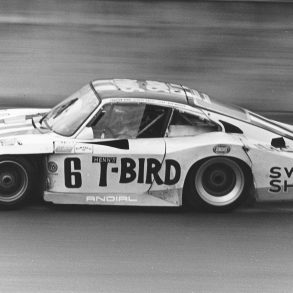Porsche RS Spyder Evo (9R6) (2007- 2010)
Following a development year with Penske Motorsports in ALMS, Porsche revealed the final version of their LMP2 contender for the 2007 season. Known as the ‘EVO’ model, it had a host of upgrades that made it suitable for customer-funded teams to successfully compete. Since 2007, this model has dominated the P2 class at events like Le Mans and Sebring.
The RS Spyder Evo and Evo DFI
The RS Spyder got a new body for the 2007 season. These cars were called RS Spyder Evo. Instead of the earlier LMP200x chassis numbers, they were now in the form of 9R670x, where “7” stands for 2007.
Penske Motorsport bought two new RS Spyder Evos for 2007 (chassis 9R6702 and -03). Other two Evos were bought by Dyson Racing (9R6704 and -05). The competition in the ALMS was a bit better than a year before. The fight for the 2007 championship title was held mostly between the 2 teams running Porsches (4 RS Spyder Evos in total) and three teams that used Acura (Honda) 3.4V8 engines in their LMP2 prototypes.
In 2007 ALMS season Penske was dominant in LMP2 and Dyson came second in team standings. In driver’s standings Romain Dumas and Timo Bernhard shared 1st and 2nd and Sascha Maassen and Ryan Briscoe 3rd and 4th (all Penske).
For 2008, Penske acquired two new cars, chassis number 9R6801 and -02 (note the 2008 chassis numbers). Dyson used its Evos from previous season. In Europe, the racing season had not started yet and Swiss team Horag took its Evo (9R6707) to Sebring, Florida, to get to know to its RS Spyder before the first race in Europe.
In Europe the RS Spyder was first seen at the Le Mans test day on March 3, 2008. These were the Evos of Dutch team Van Merksteijn Motorsport (9R6708) and Danish team Essex (9R6709). On March 15, 2008, great news came from Sebring. Five RS Spyders had started the 12 hour race among others and the 1-2 RS Spyder victory was taken in front of Audi LMP1 cars. The winning Penske car #7 was driven by Timo Bernhard, Romain Dumas and Emmanuel Collard and the Dyson car was driven by Andy Lally, Butch Leitzinger and Marino Franchitti.
The overall victory of Sebring 12 hours with the LMP2 car was so special achievement that the winning RS Spyder Evo (the last chassis made, number 9R6802) was preserved for the Penske collection. From the next race, chassis 9R6710 became the new #7 Penske car.
The first race in Europe where the RS Spyders participated, was Catalonia 1000 km in April 2008. All the three European RS Spyder teams participated. The #34 car driven by Jos Verstappen, Jeroen Bleekemolen and Peter van Merksteijn won the LMP2 category.
Two RS Spyder teams, Merksteijn and Essex, participated at the 2008 Le Mans 24 hour race. The LMP2 category was won with the #34 RS Spyder Evo of Van Merksteijn Motorsport (drivers Peter van Merksteijn, Jeroen Bleekemolen, Jos Verstappen). They finished 10th overall after LMP1 cars. Second in LMP2 was Team Essex with their #31 RS Spyder Evo. The LMP2 Porsches didn’t see any real competition from other LMP2 cars – even five GT1 cars were faster that the third LMP2 car.
Mid-year 2008 arrived the direct fuel injection (DFI) engines which gave more power while even lowering the fuel consumption. Direct fuel injection means the injector injects the fuel directly into the cylinder and not into the intake manifold. DFI makes it possible to shift gear at full throttle. At partial load (during the yellow flag phases), the engine runs extremely lean. The power figures went up from 351 to 370 kW (503 DIN hp, 496 SAE hp) and from 370 to 385 Nm (283 lb-ft). The peak power was measured at 10.000 rpm. The redline of the 3.4-litre V8 was set at 11.000 rpm – wow!
The first race for the new engine was the ALMS Mid-Ohio race on July 19, 2008. Penske team having the new engine, won the LMP2 (3rd overall after LMP1 Audis). The RS Spyder Evo DFI was driven by Timo Bernhard and Romain Dumas.
At the two last rounds of the 2008 ALMS, Penske fielded three RS Spyders (one of them was chassis 9R6702 that Penske used in 2007). At the Petit Le Mans race on Road Atlanta, RS Spyder won the ALMS Green Challenge award. The 2008 ALMS LMP2 championship was won by Penske, followed by Highcroft Racing (Acura) and Dyson Racing, followed by three more Acura teams. Timo Bernhard and Romain Dumas shared 1st and 2nd in drivers’ championship.
In Europe, RS Spyder won its class in every 2008 Le Mans Series race giving it the 1-2-3 in the LMS LMP2 championship. Van Merksteijn Motorsport was the championship winner, followed by Team Essex and Horag Racing. It was a full RS Spyder dominance among the more than 10 teams competing in the LMS LMP2 championship. In drivers category Jos Verstappen was the winner. The RS Spyder also won the Michelin Energy Endurance Challenge.
For 2009, in Europe the new rules dictated that the width of the rear spoiler had to be decreased and a new air restrictor had to be used, which decreased the power even further.
Penske left the ALMS for 2009 and Dyson switched from Porsches to Mazda-powered Lola LMP2 cars. Because of the Great Recession, only 2 LMP2 teams competed the full 2009 ALMS season. In Europe, the Porsches didn’t participate in the LMS either, only the Team Essex showed up at the Spa 1000 km (and won LMP2) in preparation for the Le Mans.
At the 2009 Le Mans 24 hour race, Team Essex won the LMP2 category (10th overall after LMP1 cars). The Essex RS Spyder, that also won the efficiency challenge, was driven by Emmanuel Collard, Casper Elgaard and Kristian Poulsen.
Japanese Team Goh had bought the 9R6708 from Merksteijn to compete at the 2009 Le Mans. Unfortunately their race ended on the 23rd hour because of an accident.
From August 2009, CytoSport Muscle Milk (Muscle Milk was the product of CytoSport) joined ALMS with 9R6704 bought from Dyson. Their participation in the 2009 season was the prelude for the next season. From 2010 the ALMS rules were changed and the LMP1 and LMP2 were melded into one LMP class. CytoSport Muscle Milk team competed the full season. In August they switched from 9R6704 to a new chassis 9R6712 to race the two last races. CytoSport scored second in the season after Highcroft Racing (Acura/Honda LMP2) and in front of Drayson Racing (Lola-Judd LMP1). In driver’s standings, CytoSport driver Klaus Graf was on podium after two Highcroft drivers.
The 2011 regulations rendered the RS Spyder obsolete due to the costs exceeding the class budget limit. The 3.4V8 of the RS Spyder was used in the 2010 Porsche 918 Spyder hybrid concept car (the production car got a 4.6V8). Porsche’s next Le Mans prototype after the LMP2 RS Spyder (9R6) was the LMP1 919 hybrid (9R9).
Porsche RS Spyder chassis numbers
| Year | Chassis number | Customer | Number of races |
|---|---|---|---|
| 2005 | LMP2001 | factory test car | |
| 2005 | LMP2002 | Penske | 11 (2005-2006) |
| 2005 | LMP2003 | Penske | 10 (2006) |
| 2007 | 9R6701 | factory test car | |
| 2007 | 9R6702 | Penske | 12 (2007-2008) |
| 2007 | 9R6703 | Penske | 10 (2007) |
| 2007 | 9R6704 | Dyson Racing | 28 (2007-2008 Dyson, 2009-2010 CytoSport) |
| 2007 | 9R6705 | Dyson Racing | 20 (2007-2008) |
| 2007 | 9R6706 | maybe a spare chassis | |
| 2007 | 9R6707 | Horag Racing | 6 (2008) |
| 2007 | 9R6708 | Van Merksteijn Motorsport | 7 (2008 Van Merksteijn, 2009 Navi Team Goh) |
| 2007 | 9R6709 | Danish Team Essex | 8 (2008-2009) |
| 2007 | 9R6710 | Penske | 9 (2008) |
| 2007 | 9R6711 | maybe a spare chassis | |
| 2007 | 9R6712 | Team CytoSport (Muscle Milk) | 2 (2010) |
| 2008 | 9R6801 | Penske | 9 (2008) |
| 2008 | 9R6802 | Penske | 1 (2008) |
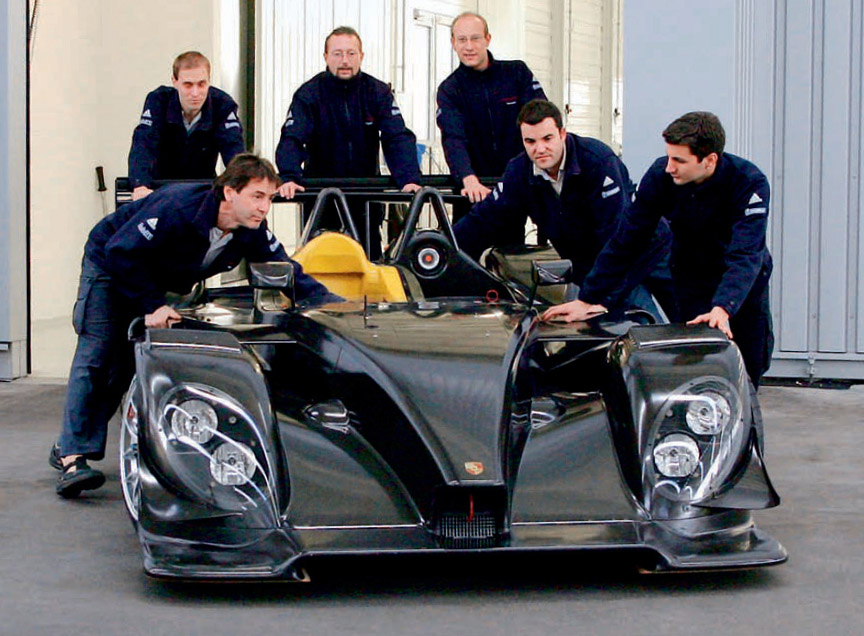
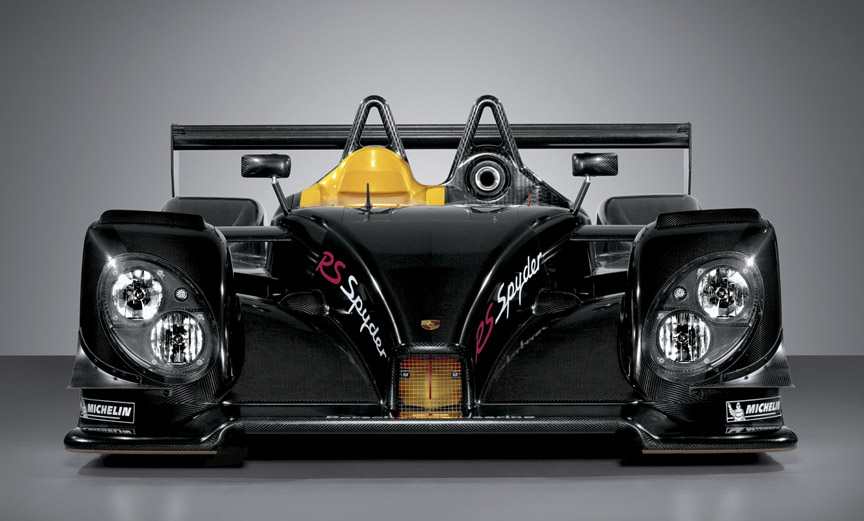
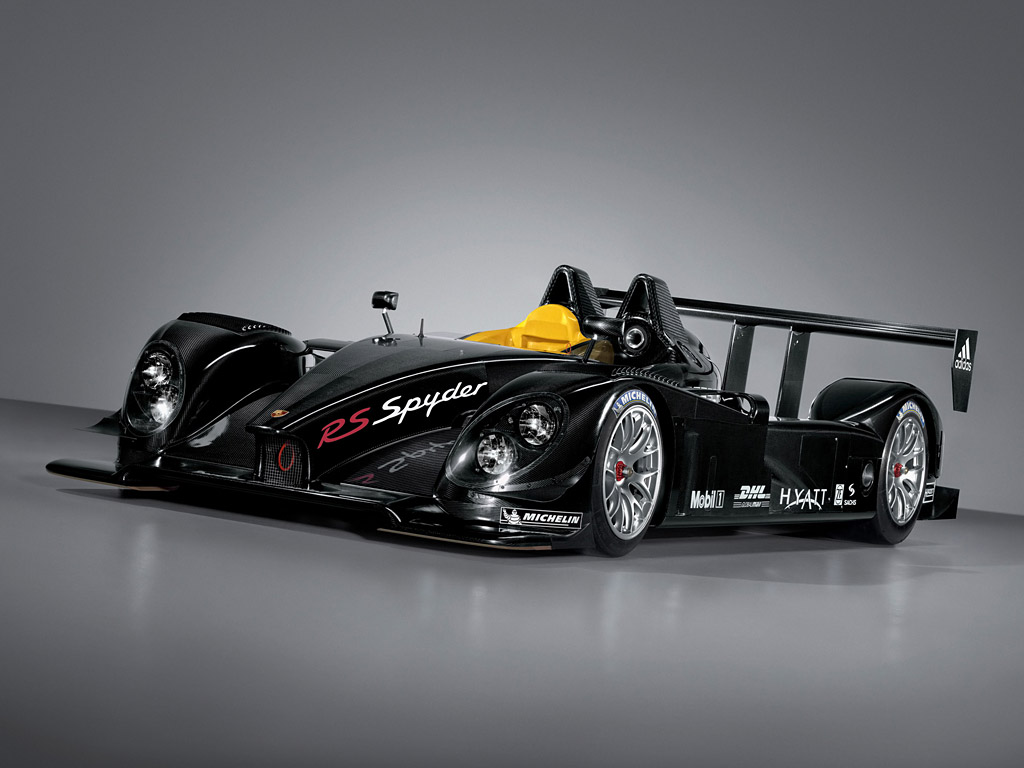
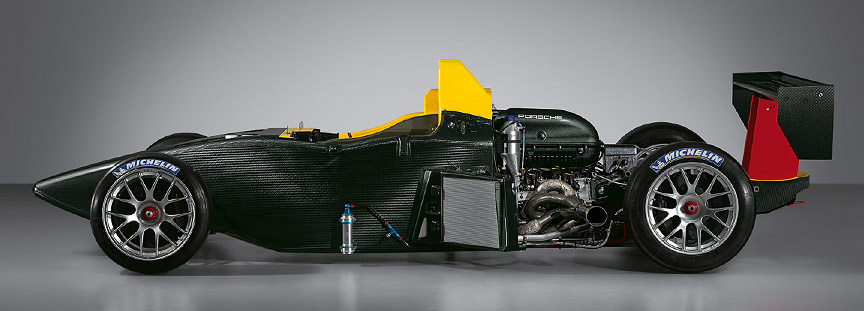
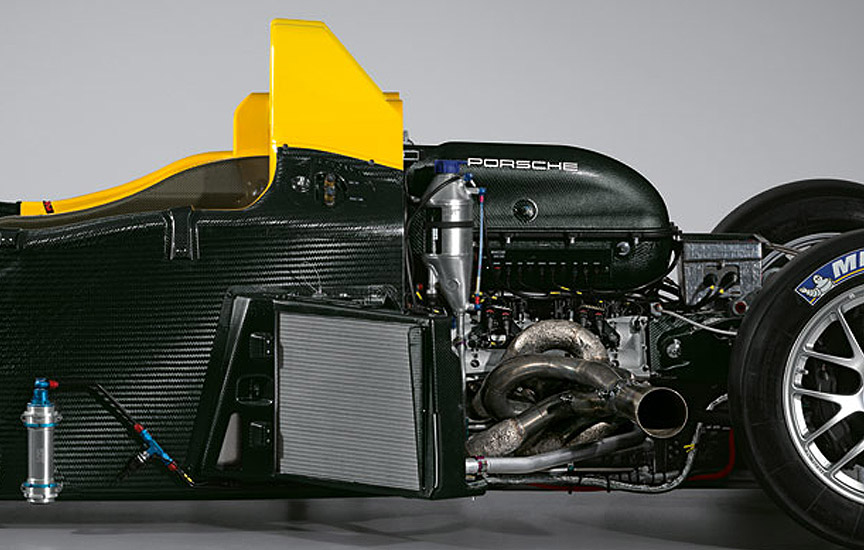
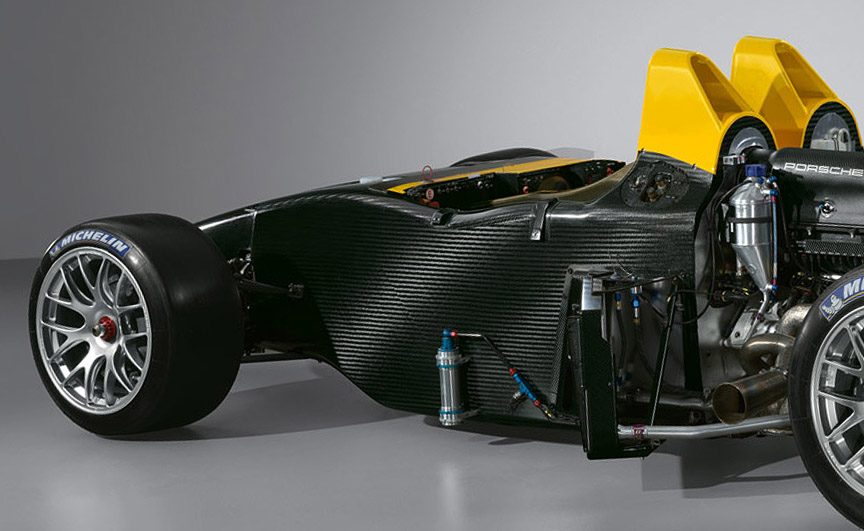
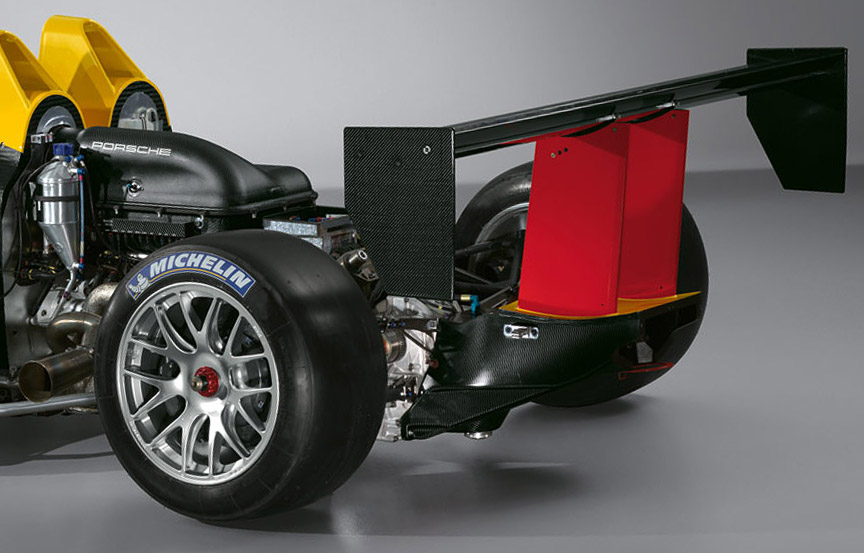
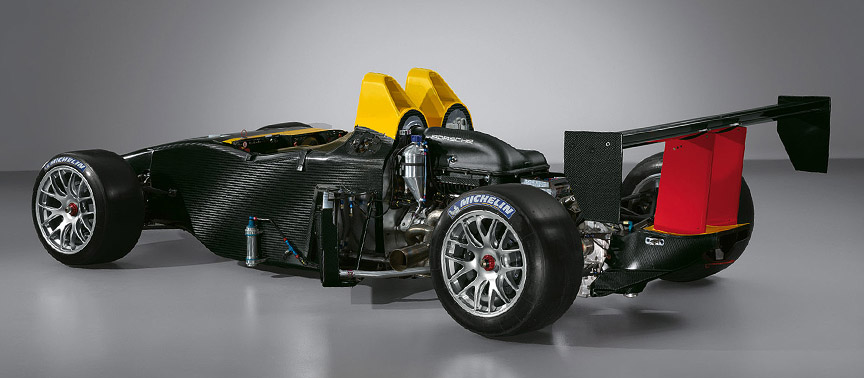
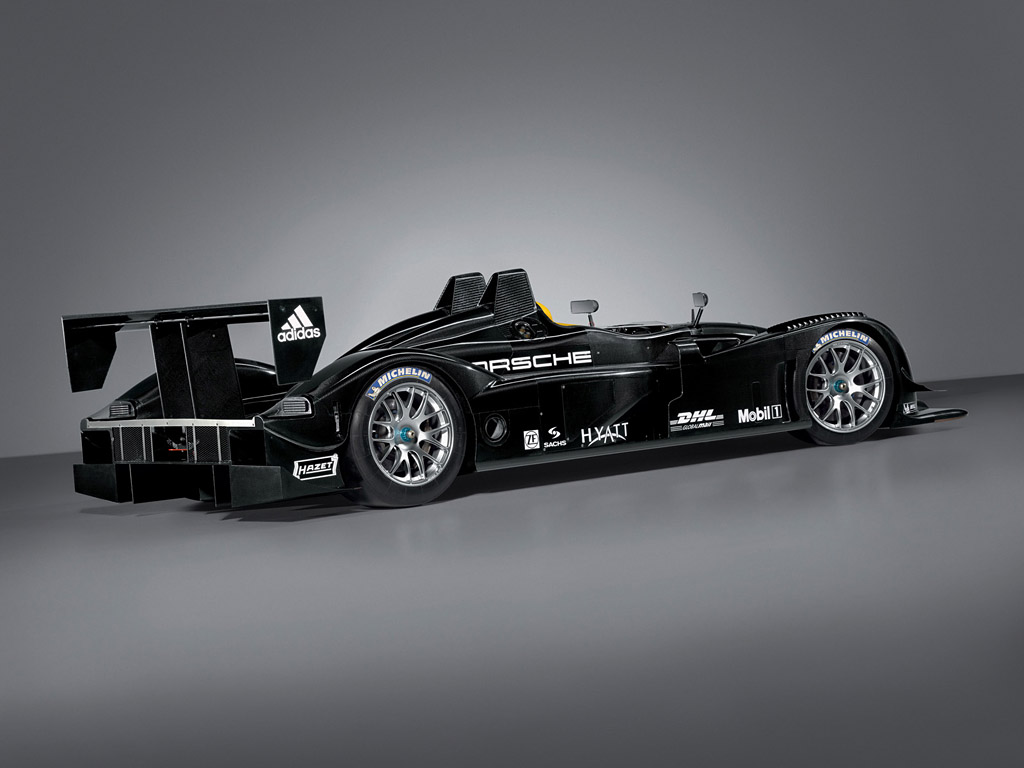
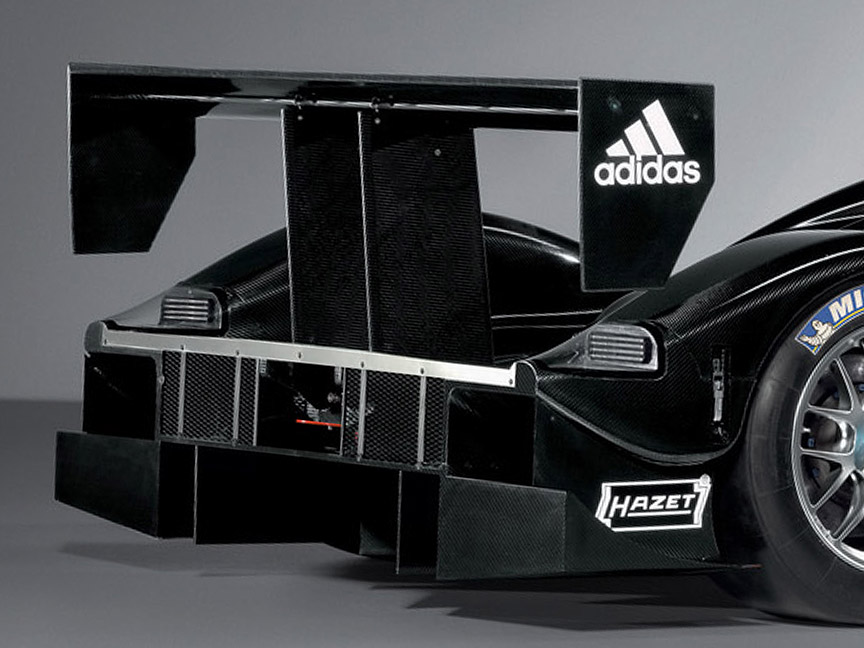
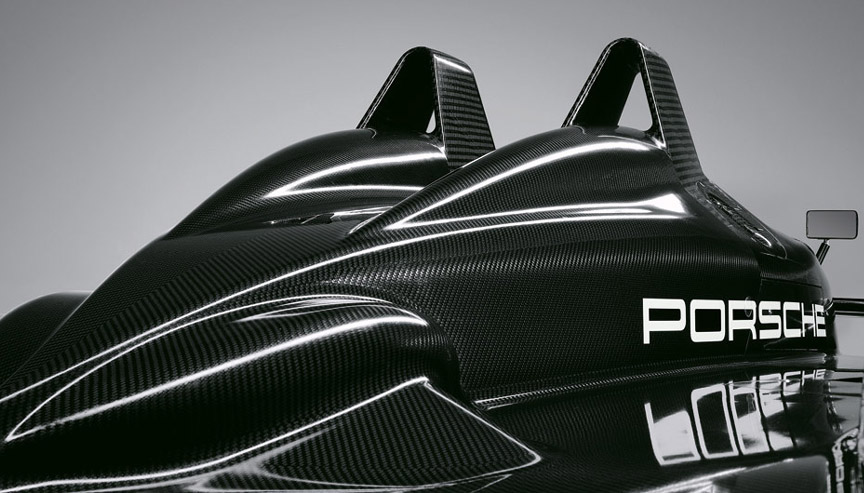
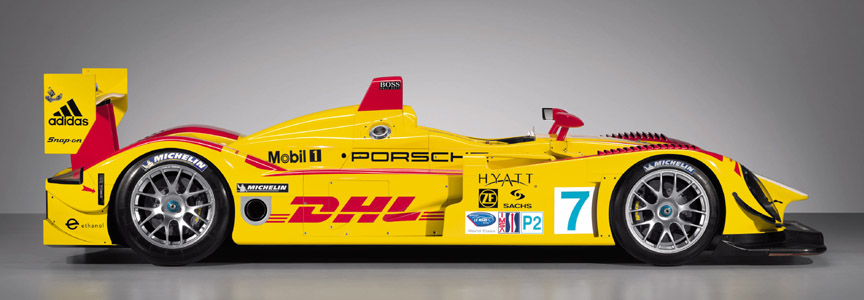
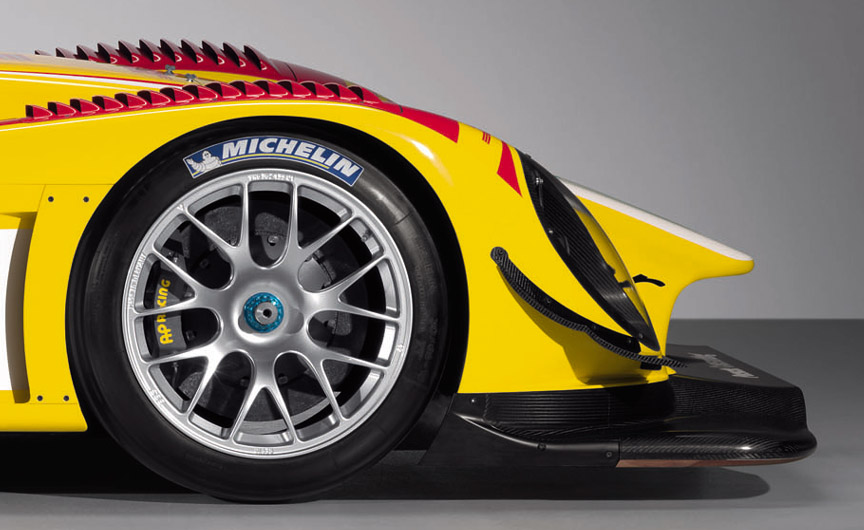
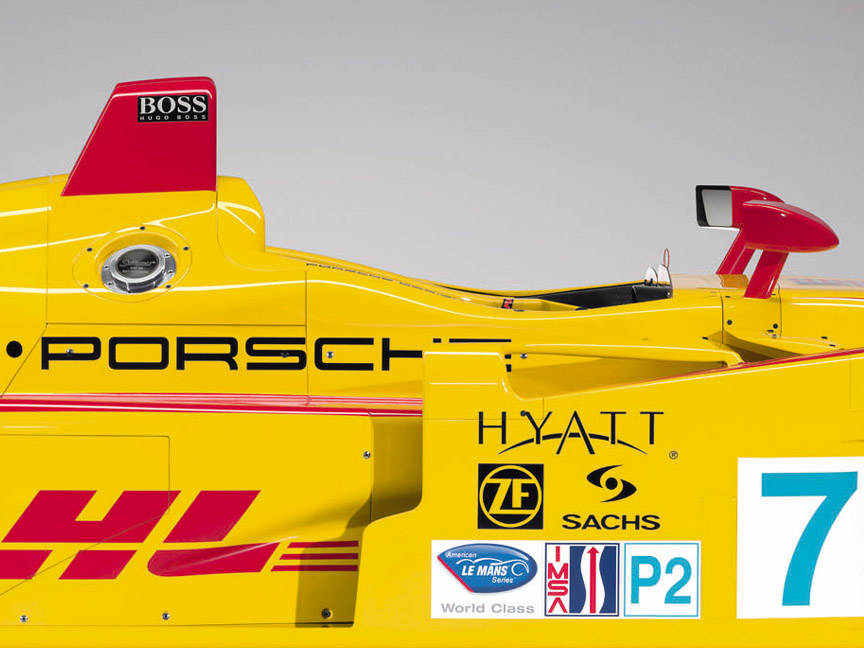
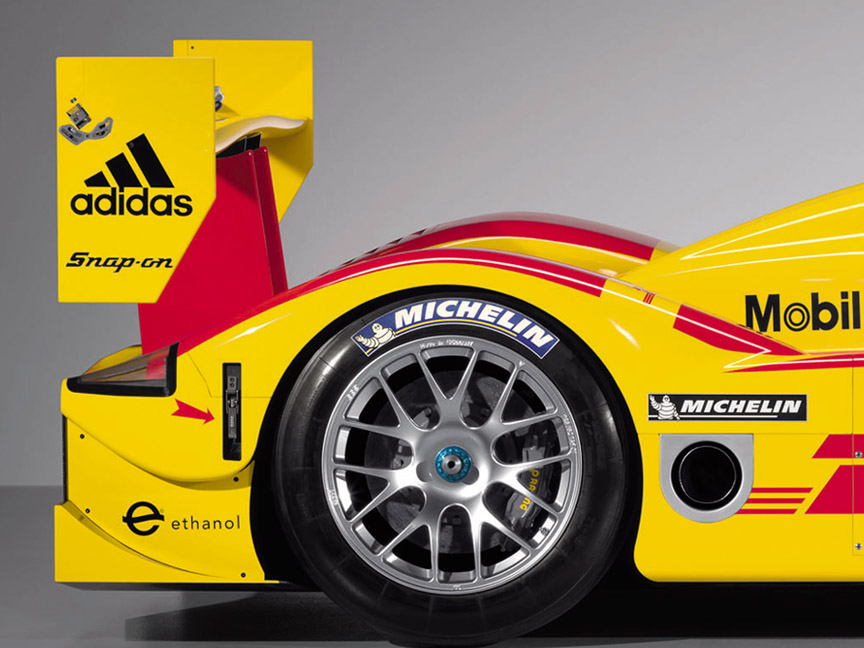
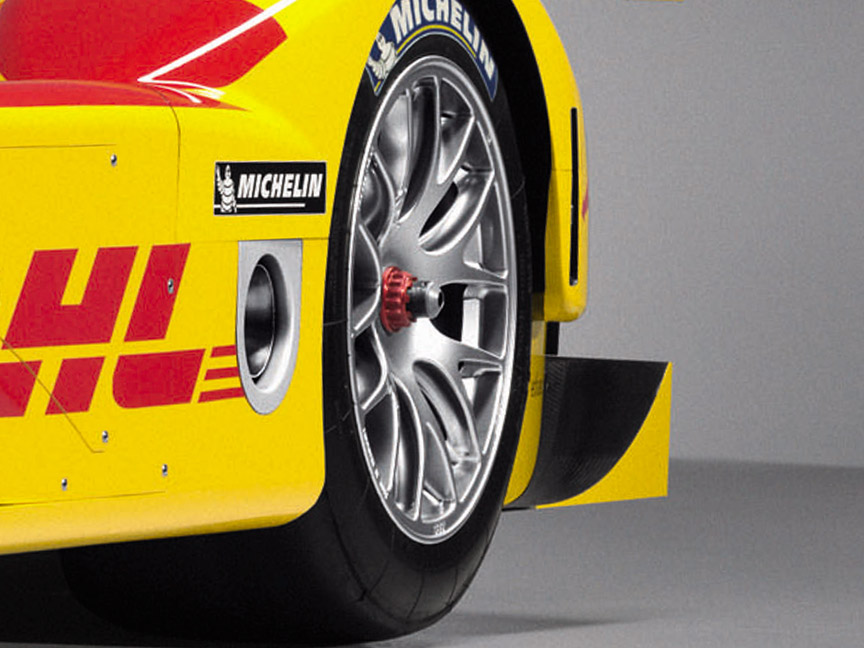
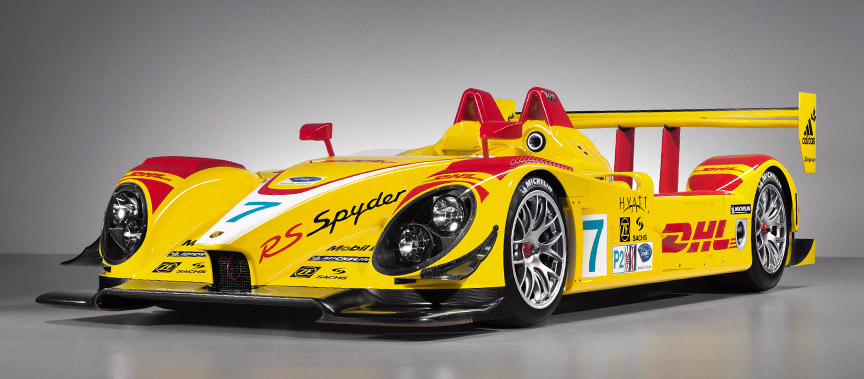
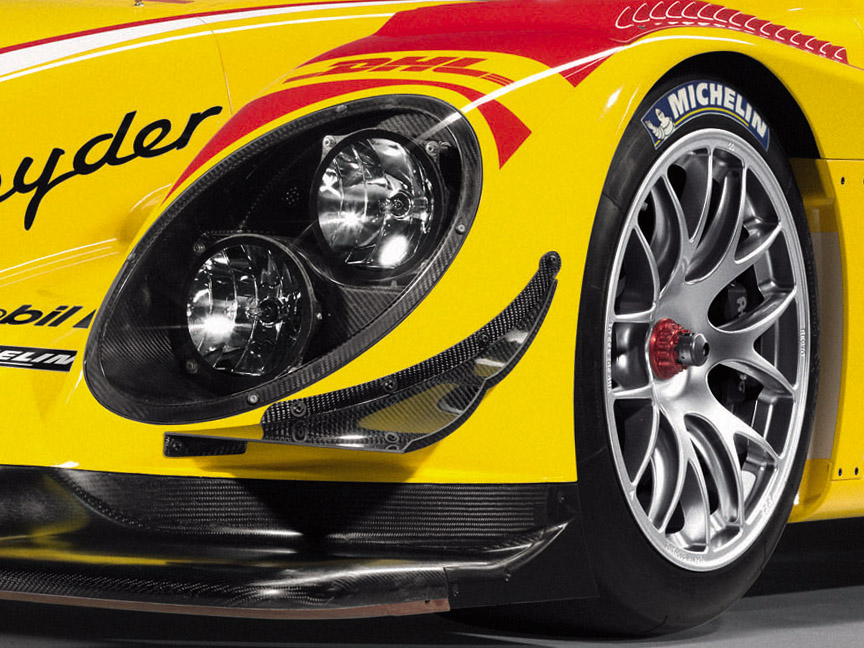

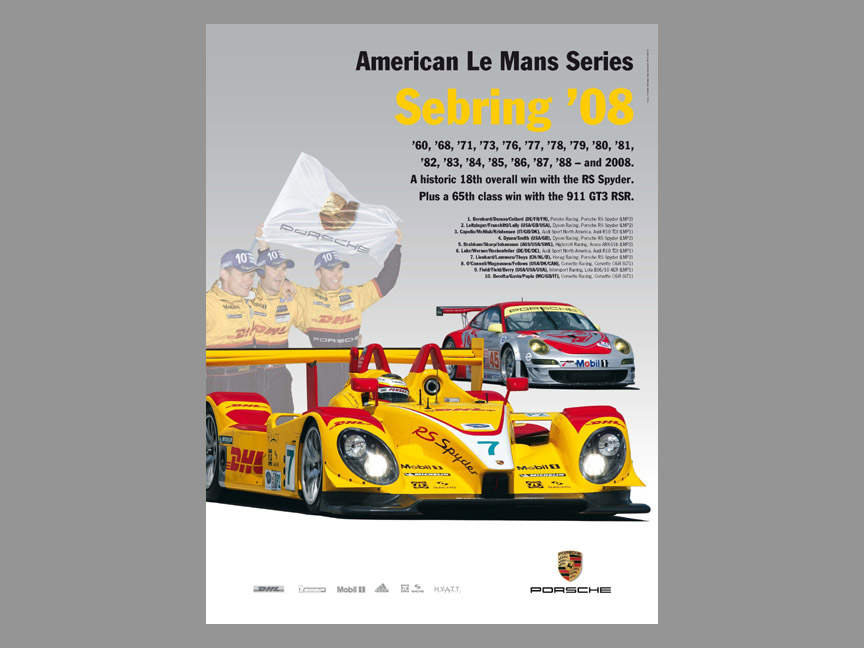
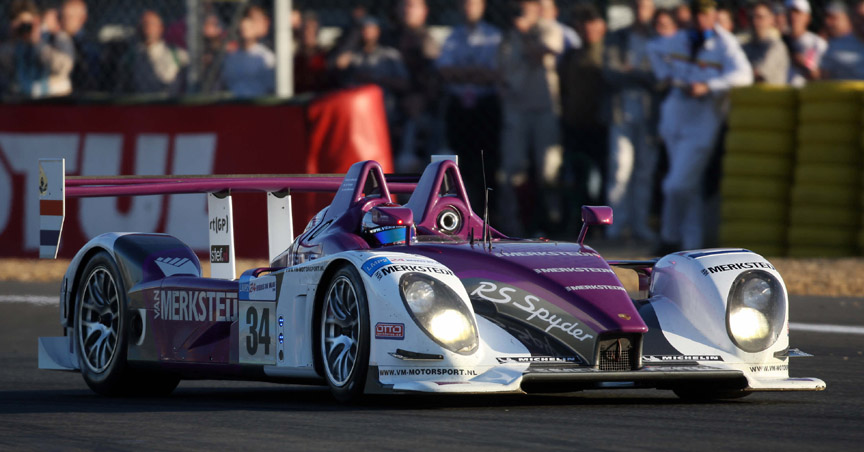
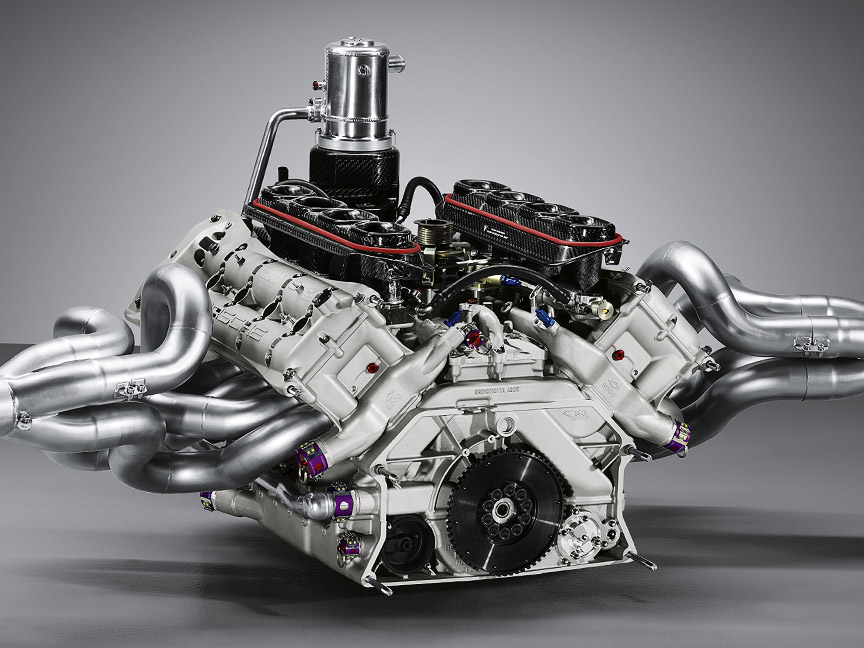
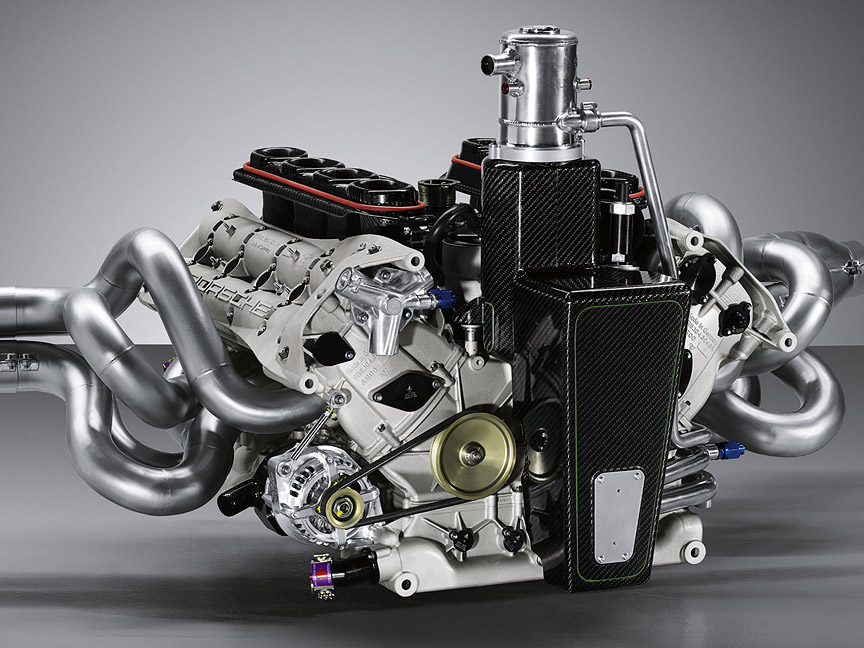
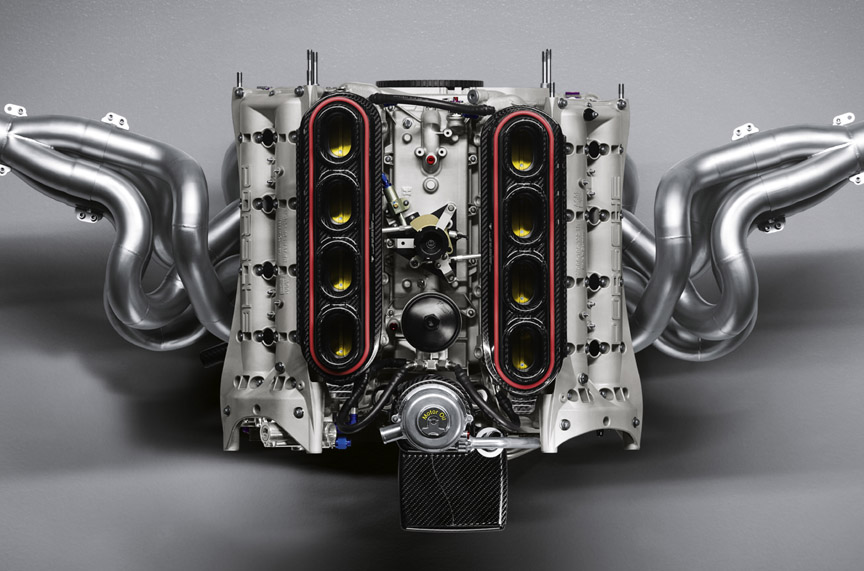
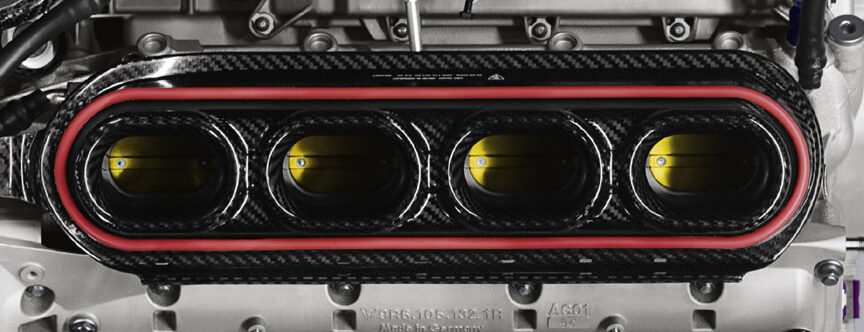
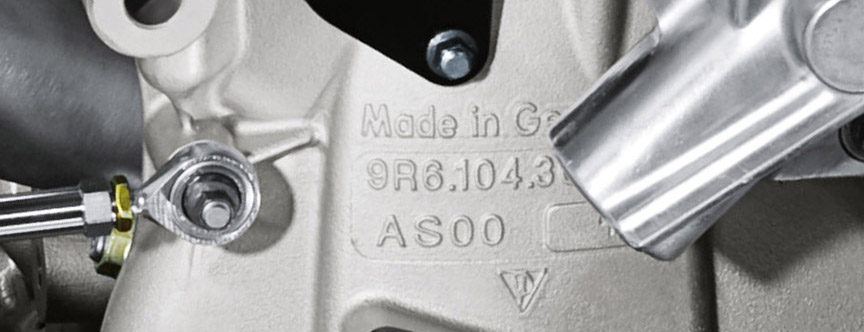
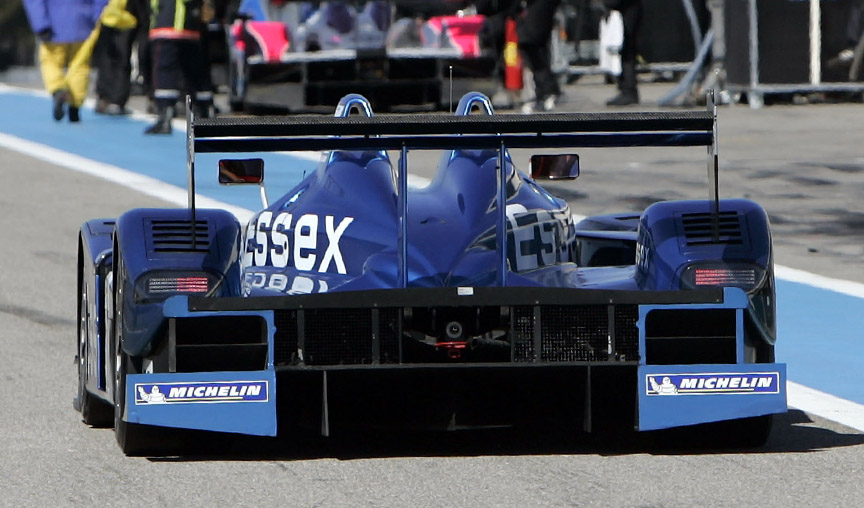
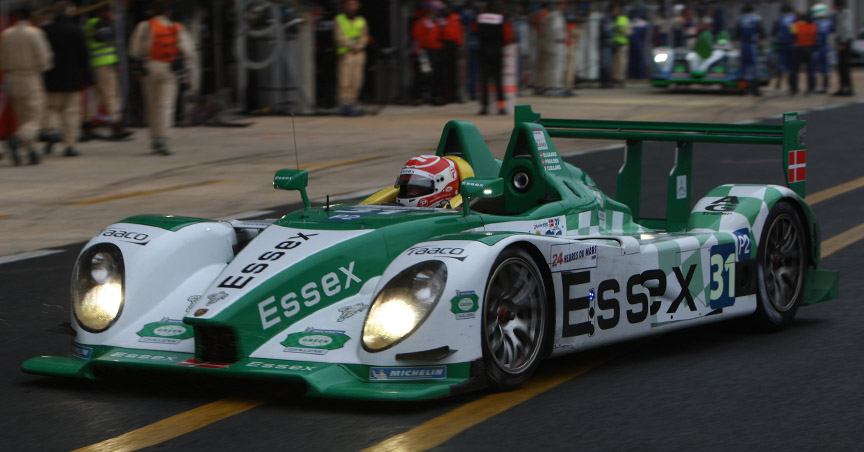
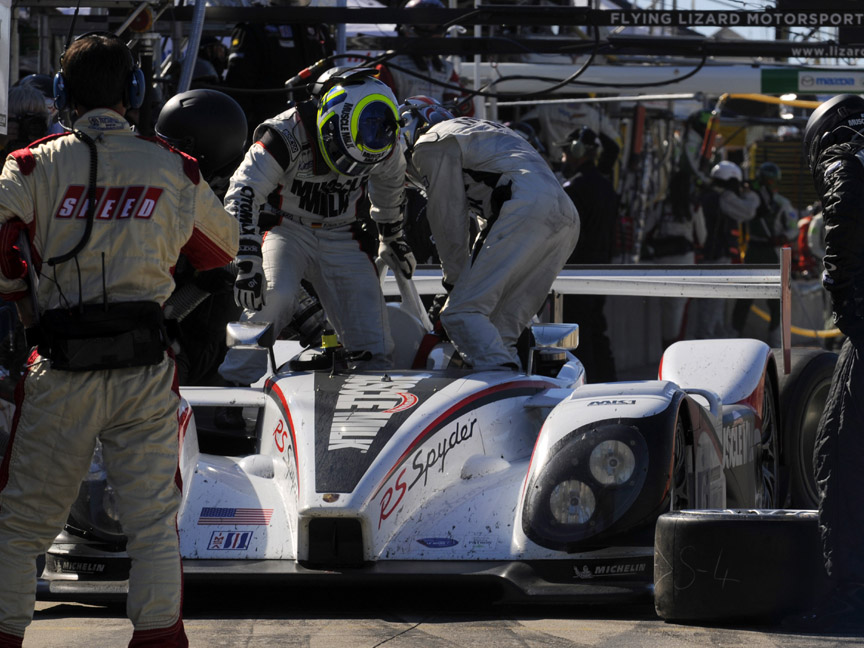
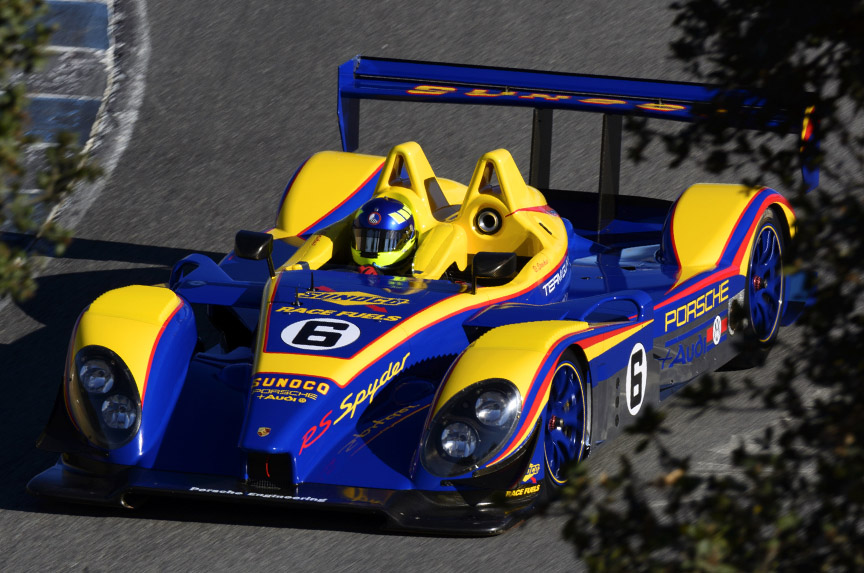
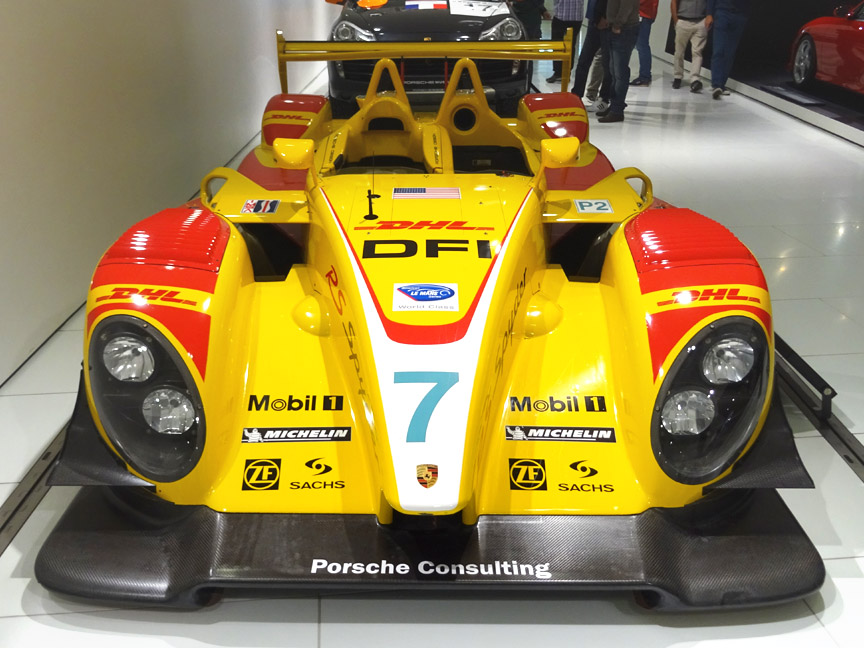
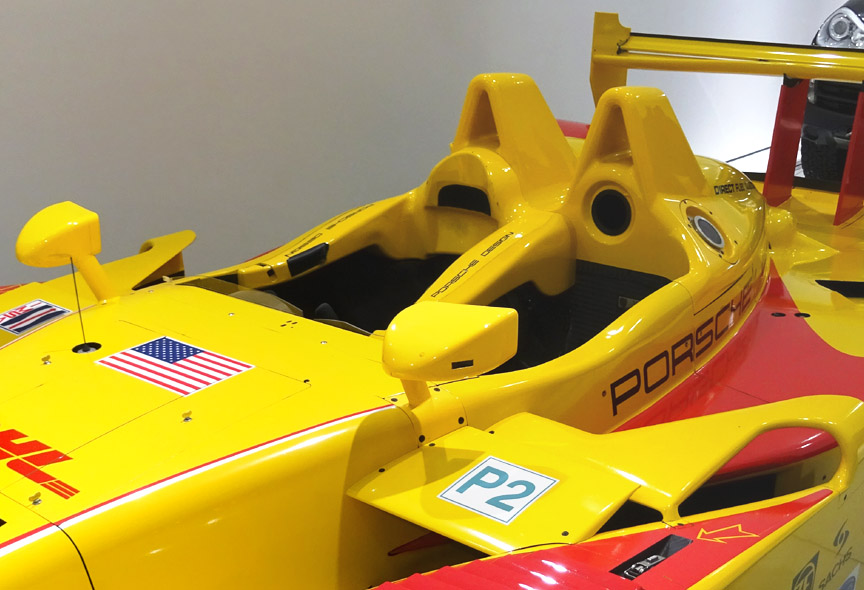
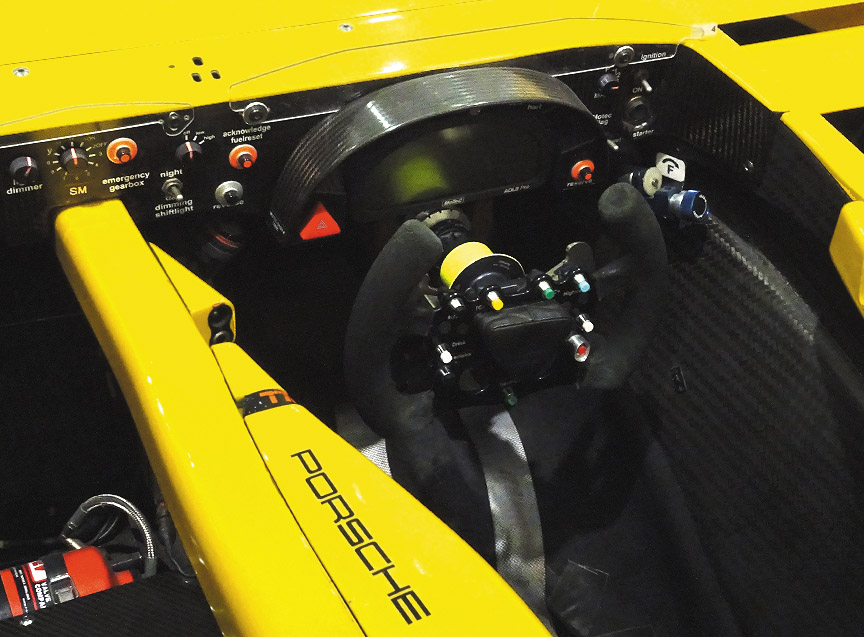
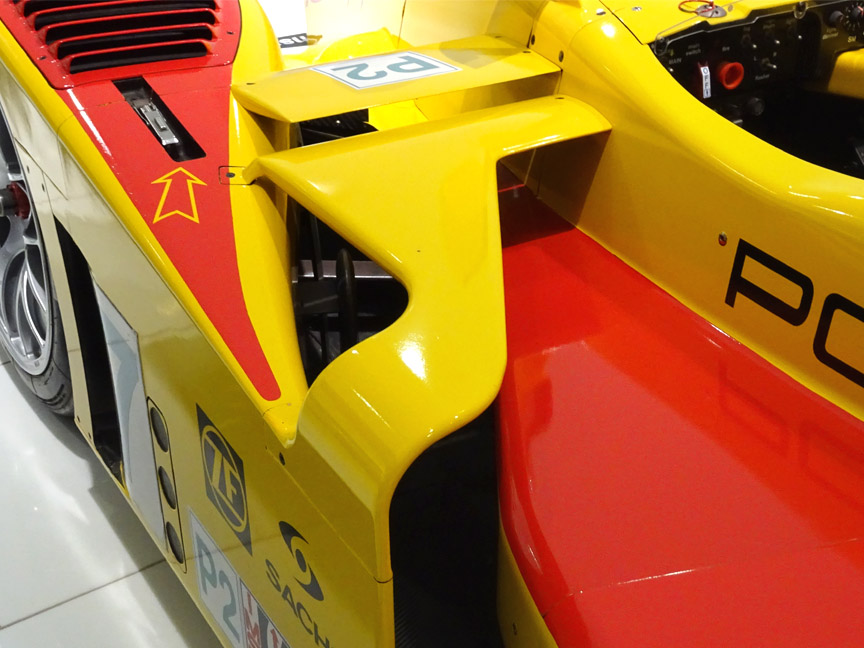
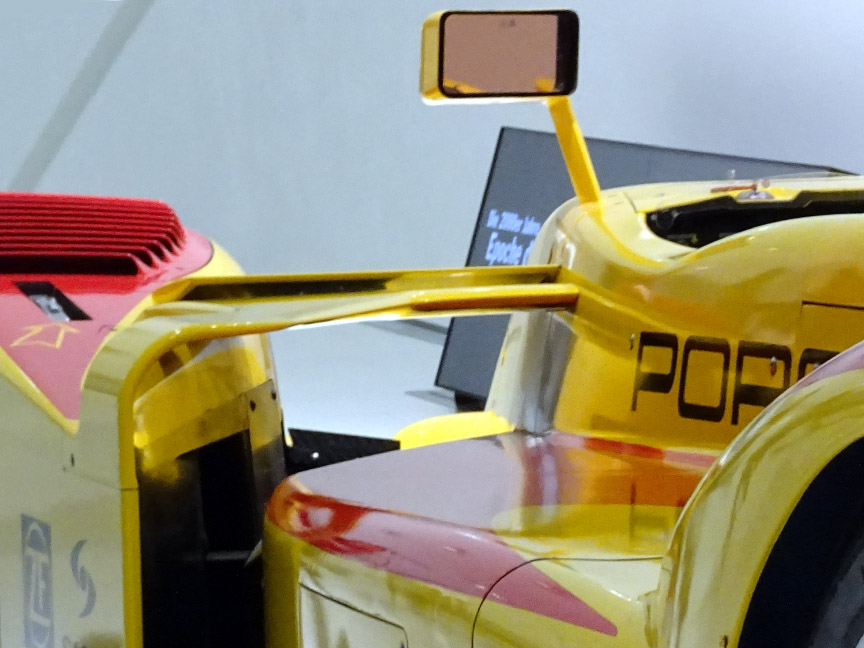
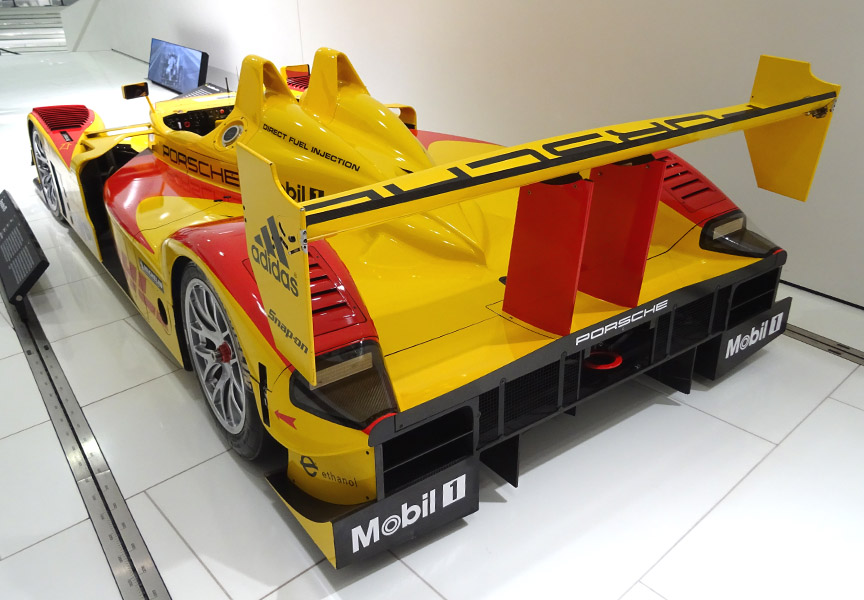
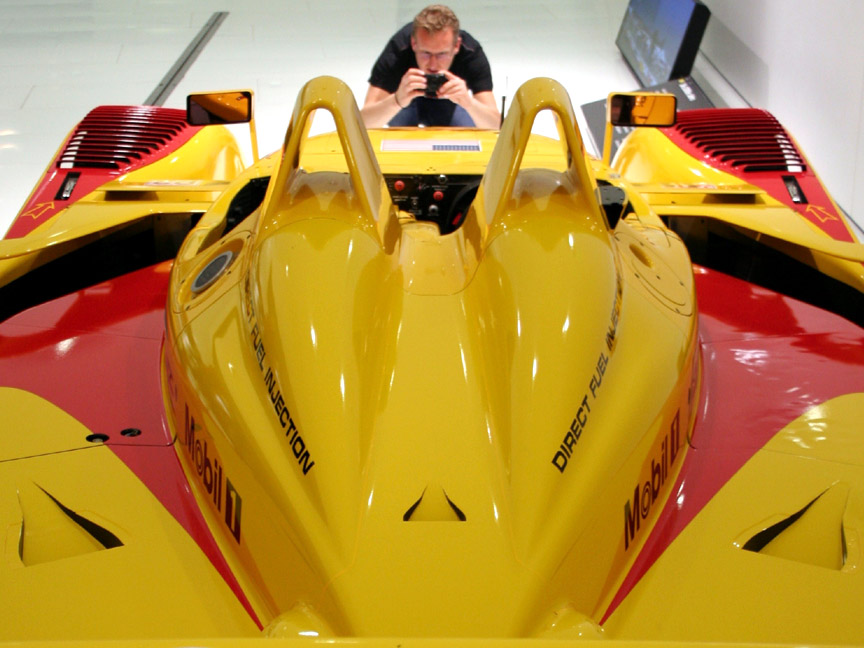
Original RS Spyder Evo Press Release
Dr. Ing. h.c. F. Porsche AG, Stuttgart, is proudly presenting the new RS Spyder at the Paris Motor Show, the Mondial de l’Automobile, from 30 September – 15 October, where the car is making its first public appearance. Developed at Porsche’s R&D Centre in Weissach near Stuttgart, this racing car is an evolution of the sports prototype currently going all-out for the winner’s title in the American Le Mans Series (ALMS) in the hands of the US Penske-Motorsports-Team. Next year the new RS Spyder is to be raced by various customer teams in a number of countries, thus making its international debut.
Porsche has developed and built the open RS Spyder in accordance with the rules and regulations of the French Automobile Club de’l Ouest (A.C.O.) racing organisation under the designation “Le Mans Prototypes 2”. This means that this racing car may be entered, inter alia, in the American Le Mans Series (ALMS), the European Le Mans Series (LMS), and the 24 Hours of Le Mans. Choosing the second-highest of four A.C.O. racing categories, Porsche is facing competition at the highest level of technology and at the same time limiting the cost of racing the car with a view to future entry of the RS Spyder by customers.
Following thorough computer simulations and tests in the wind tunnel, the RS Spyder will feature an updated and upgraded chassis next season. Optimisation of the wing and rear diffuser serves not only to enhance the aerodynamic efficiency of the car, but also to improve the range of set-up options for different kinds of race tracks. At the same time the carbon-fibre body has been modified for an even higher standard of ease and convenience in service and maintenance. And last but not least, the thermodynamic qualities of the RS Spyder have been optimised inter alia by re-designing the air ducts leading into and out of the radiators.
The 90o V8 racing engine developed by Porsche for long-distance events develops maximum output from 3.4 litres displacement and with the air volume restrictor required by the pertinent regulations of 503 bhp (370 kW) at 10300 rpm, an increase in output over the former model by 23 bhp. The weight of the car is also in line with the A.C.O. Regulations, with the new RS Spyder weighing in at exactly 775 kilos or 1709 lb.
The sequential six-speed dog-shift gearbox with its three-plate carbon-fibre clutch is fitted in lengthwise and is integrated into the chassis as a load-bearing component. Gears are shifted directly from paddles on the steering wheel. Porsche has upgraded the gearbox for the forthcoming racing season above all with the objective to make the gearshift even more reliable, smoother and less demanding on all the components involved, and at the same time even more precise.
This prototype sports car is based on a carbon-fibre monocoque chassis, with double wishbone track arms for the front wheels attached to the ultra-stiff and light body structure. The double wishbones at the rear, in turn, are fastened to a carbon-fibre element bolted on to the transmission housing. Torsion springs and pushrod-operated four-way gas pressure dampers, as well as bending-leaf anti-roll bars, round off the suspension of the RS Spyder modified for even faster and more precise handling in 2007.
Great attention has also been given to the ongoing development of various other components of the car such as the central electrics, the hydraulic system, and the power steering. The brakes feature double master cylinders, variable brake force distribution and inner-vented carbon-fibre discs measuring 380 millimetres or 14.96″ in diameter on the front axle and 355 millimetres or 13.98″ at the rear. The racing tyres for this prototype come from Michelin as a Porsche’s partner included from the beginning in the development of the RS Spyder.
Precisely when the new model is being presented for 2007, the current RS Spyder is on the finishing straight right now at the end of its first complete racing season. With two races in the American Le Mans Series (ALMS), the most significant US Sports Car Championship, still to come, the Penske-Motorsports-Team as Porsche’s partner in cooperation and exclusive customer is now looking directly at the Driver’s, Team and Manufacturer’s Championships with Porsche’s sports prototype. And apart from superior class wins in the Le Mans Prototype Class 2, this light and agile Porsche also scored a sensational one-two victory on the winding Mid-Ohio race track in May, beating LMP1 prototypes despite their extra power on account of the regulations set out to their advantage.


